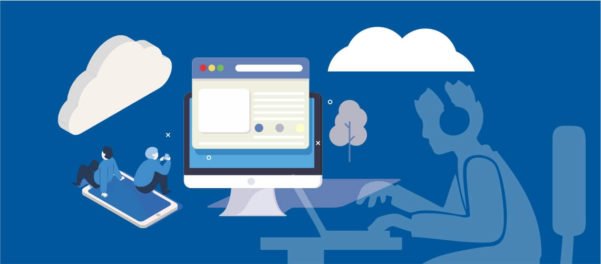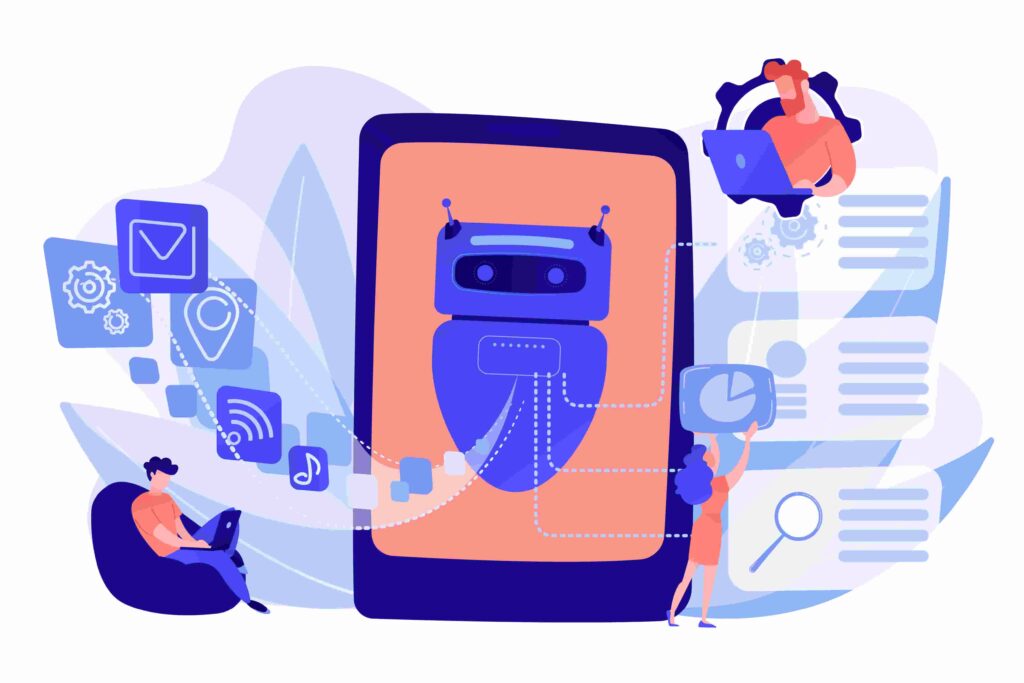The ability to establish a relationship of trust is essential for customer loyalty. However, many IT companies struggle to implement good customer service training for help desk and service desk. In this article, you will see the advantages of investing in proper training and what to consider when setting up a training program. Enjoy your reading!
Advantages of investing in proper service desk training
With their busy routine, many companies forget to dedicate enough time to training. However, there are many good reasons to see it as a strategic and indispensable activity for a successful business:
- better alignment among front-line professionals;
- strengthening of the organizational culture;
- constant process optimization;
- reduction of common failures (and associated costs);
- improvements in the customer experience;
- improvement of the brand image for consumers.
Considering these benefits, the resources allocated to training cannot be seen as expenses, but rather as an investment that will have a direct impact on the customer’s perception of the company.
5 things you should do while planning a customer service training
Efforts to promote service quality have to be part of the service desk routine. One of the most common methods for this purpose is the PDCA Cycle, also known as the continuous improvement cycle. The following are some good practices to increase the effectiveness of customer service training.
1. Set service standards
The first step to increase the quality of the relationship between your service desk team and the customer is to set standards. To achieve this, you can create a checklist with all elements that promote good service.
The first version of the checklist may not be definitive. As processes evolve, the customer service flowchart is often improved, which may require the inclusion of new items and the exclusion of obsolete items. But every change must be planned.
2. Monitor calls
Common failures in service desk operations can be the result of limited tools, non-standard behaviors, or even a lack of adequate processes to handle specific situations. Deploying a monitoring process is one of the best ways to map the causes of poor service.
You don’t need to listen to all calls, but you can collect samples and then determine the areas for improvement through training. Monitoring should also be the basis for specific feedback with every team member, who should always have a focus on observing preset standards.
3. Create a knowledge base
Training happens not only at the moment the customer service training is provided. For this reason, it is important to create a knowledge base to store useful information about the following:
Products or services
Create detailed materials to explain what products/services are offered by the company and how they are offered. An internal information portal may be created to facilitate access during calls, but it must be always updated.
How to use tools
When the employees don’t have enough knowledge about the tools, calls may take longer, increasing the risk of human errors. Instructions may be available to explain the steps of all functionalities and their importance in customer service processes.
Common issues
Certain doubts are reported more frequently than others. When you can identify them, create content with proper answers for every doubt. This material will help build confidence among your team during the calls, and make them work faster and more accurately.
4. Emphasize interpersonal skills
In some situations, technical skills are not enough to ensure a good customer service assessment. A survey conducted by consulting firm McKinsey showed that, for 70% of consumers, the way they are treated is decisive for a good shopping experience.
It shows the importance of preparing your team to handle any conflict situations; after all, a customer usually contacts the company because they have a problem. Learning customer service techniques, such as NLP (neuro-linguistic programming), can help develop emotional intelligence and avoid problematic relationships.
5. Create a mentoring program
Mentoring programs are an efficient way to involve multiple professionals and share the responsibility for training. Professionals with a higher level of skills to handle processes and who present good results can support the development of colleagues.
The advantage of this program is that knowledge can be disseminated in real time and continuously, that is, it is not limited to scheduled training.
In addition to implementing good customer service training, using specialized tools also makes a difference in the productivity and efficiency of the operation.
To learn more about it, check our articles and see how to choose the best service desk tools.






